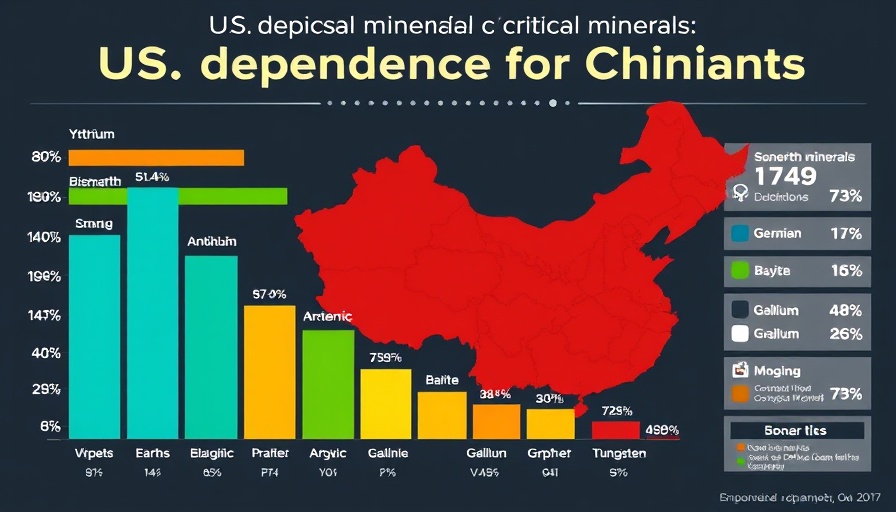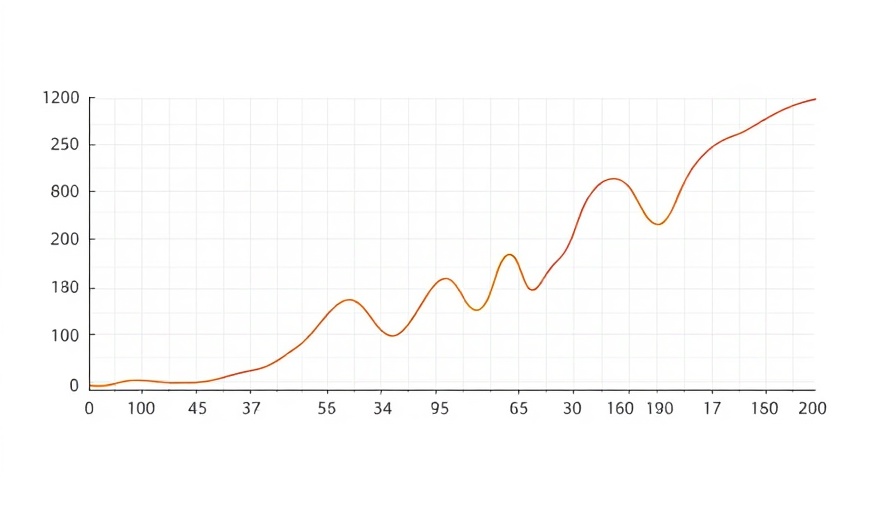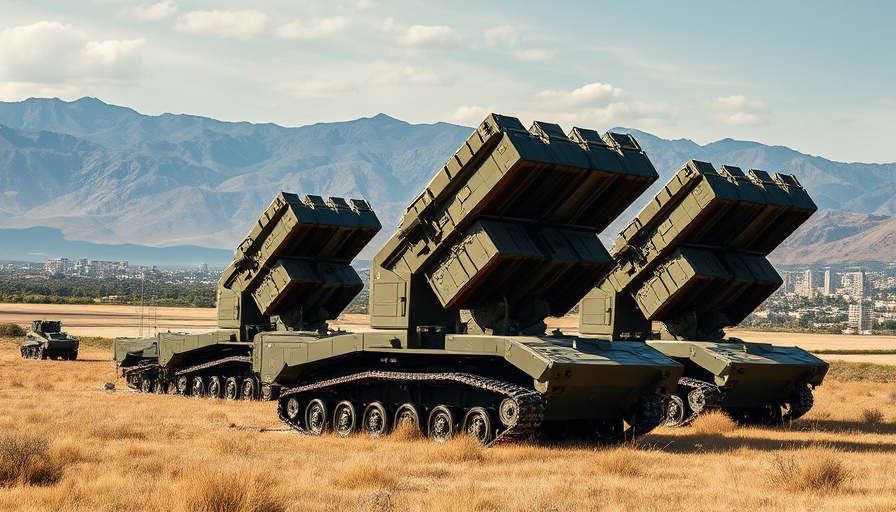
The Need for Strategic Independence
The rising military tension between the United States and China brings to light a crucial issue: the U.S. reliance on China for rare earth minerals. These essential materials play a vital role in industries such as aerospace and defense, where they are integral to the production of critical technologies. As China's military capabilities grow, the U.S. must rethink its dependence on these minerals, which could lead to potential vulnerabilities in both economic and national security.
Recent Developments in U.S.-China Diplomacy
On July 4, 2025, the Chinese commerce ministry announced a continued diplomatic effort to facilitate rare earth shipments to the U.S. This move is considered a temporary solution as the U.S. negotiates various trade agreements aimed at managing existing tensions. While these agreements help avoid immediate disruptions, they do not eliminate the long-term reliance on Chinese supply chains for critical minerals, notably in the context of defense technologies.
Emerging Strategies for Diversification
For the U.S. to bolster its national security, it's imperative to diversify its rare earth mineral supply sources. This could involve ramping up domestic production through mining initiatives or developing partnerships with allied nations that can provide these resources. Additionally, investing in recycling technologies can also yield a sustainable strategy for overcoming dependence on foreign supplies.
Implications for Future Defense Technologies
The implications of a reduced dependency on Chinese rare earth minerals would resonate across multiple sectors, not just defense. As technologies advance, sectors from clean energy to aerospace will require a stable and reliable supply chain. In this context, building a robust domestic supply of rare earth minerals could position the U.S. more favorably in the global tech landscape, preventing potential economic shocks.
Conclusion: Rethinking Our Future
Ultimately, the increasing military activities by China underscore the urgency for the U.S. to reassess its reliance on Chinese rare earth minerals. While current diplomatic measures provide a temporary cushion, long-term strategies focused on diversification and sustainability are critical to ensuring national security and technological leadership. Understanding these elements is essential for anyone interested in the intricacies of aerospace, defense, and the geopolitical landscape.
 Add Row
Add Row  Add
Add 




Write A Comment